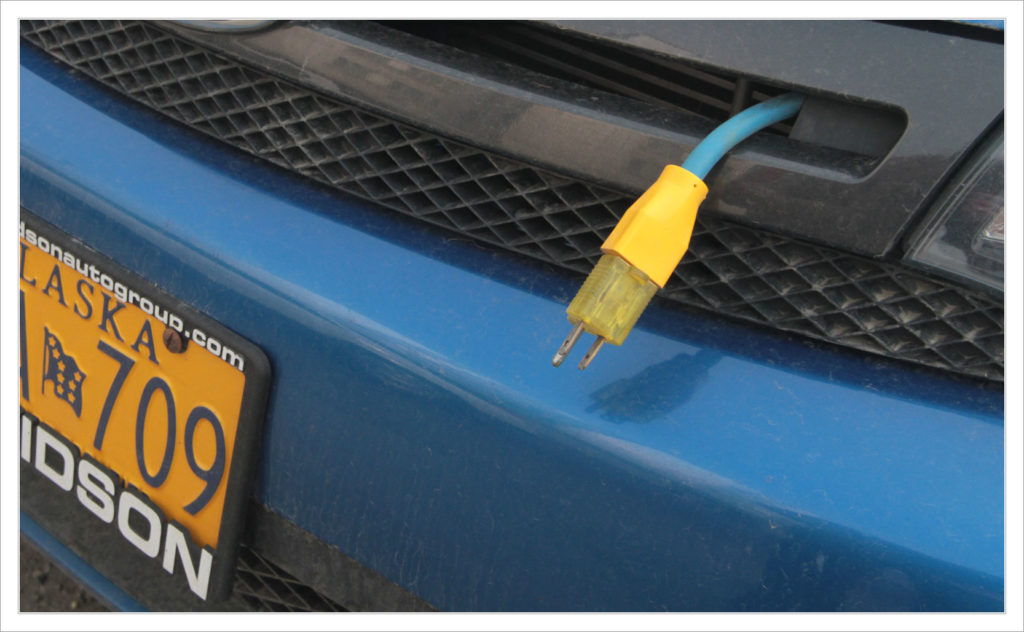Empty Winter Gas Tanks
An empty gas tank allows water condensation to accumulate and potentially damage your engine.
In Winter, Keep Gas In Your Car
When warm air and cold air come into contact with one another they create condensation. This is how storms work. An “empty” gas tank contains more air than gasoline and when that air is warmer than the colder air outside, condensation can build up inside the tank and drip down to mix with the gasoline.
When water and gasoline mix, the water sinks to the bottom. Among other possible effects, if the weather is cold enough the water can freeze in the fuel line and prevent gasoline from getting to the engine. A frozen fuel line will prevent you from starting your vehicle. This is why you’re supposed to keep your gas tank full in the winter. While not a concern in warmer climates where winters are mild, this can be a considerable problem in environments that experience especially cold winters.
Winter Blend
Something that helps combat freezing temperatures is winter blend gasoline. Between summer blend and winter blend, gasoline designed for winter is cheaper but also worse for the environment. However, winter gasoline’s higher volatility allows it to ignite more easily in colder weather. So if you have frozen water in your fuel line, or it’s too cold for the engine in general, any winter blend gas able to reach the engine should at least start your vehicle more easily. Still, if you experience especially frigid winters, you should always keep gas in your tank.

Added info: In areas of extreme cold, where the temperature can regularly go to -15° C (5° F), engines can strain to start and engine fluids can become more viscous. In these regions vehicles are frequently equipped with block heaters, which are aftermarket add-ons that are plugged into an external power source to heat up the engine before starting the car. It is not uncommon in parts of Alaska and northern Canada to see cars with electrical plugs hanging out of the their grills which are attached to block heaters.


